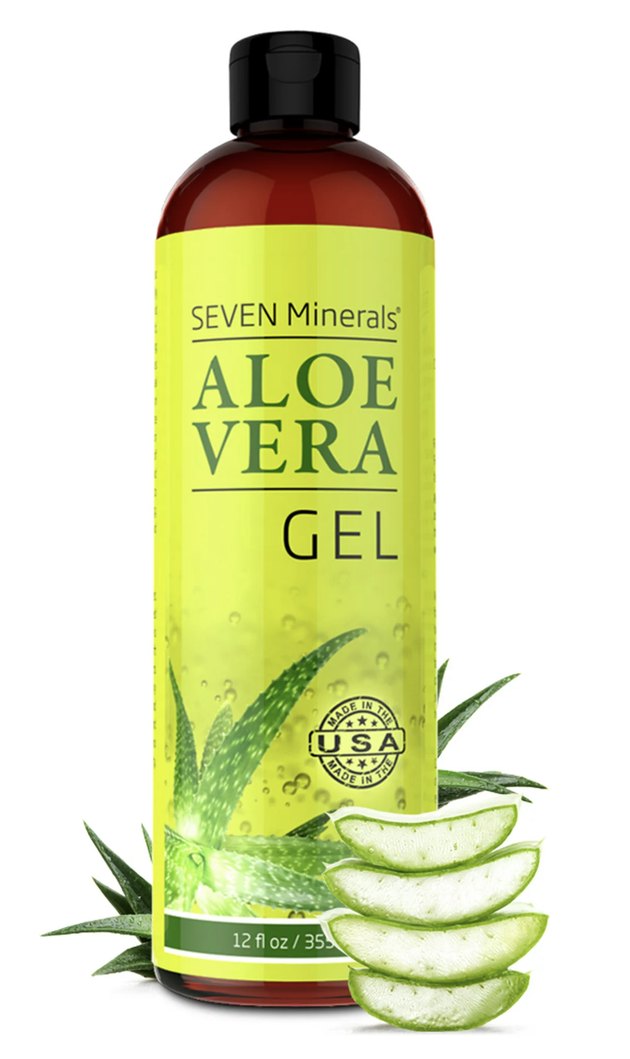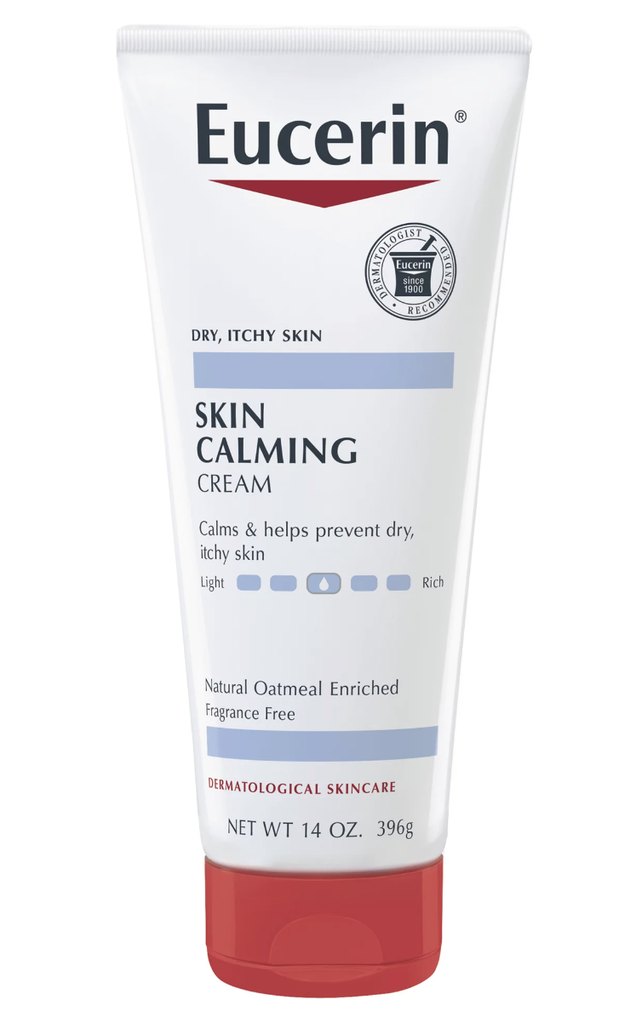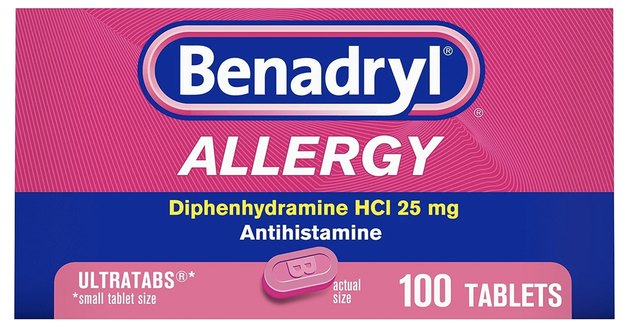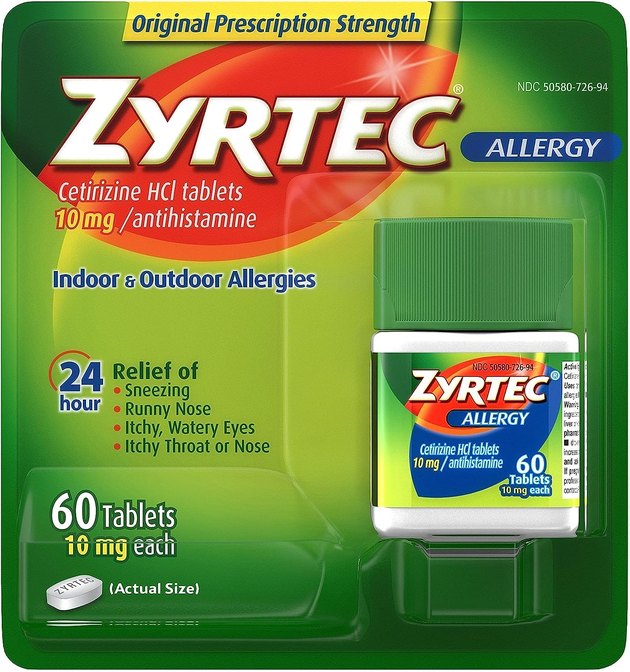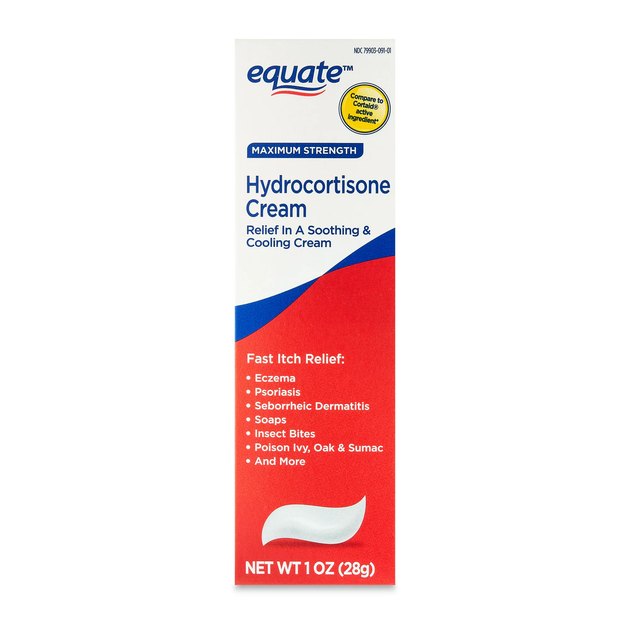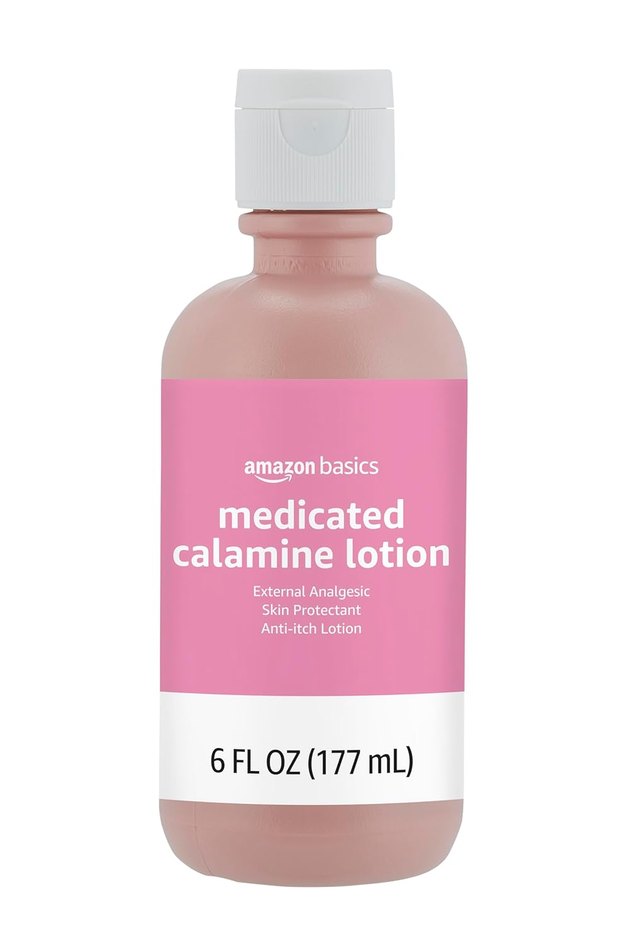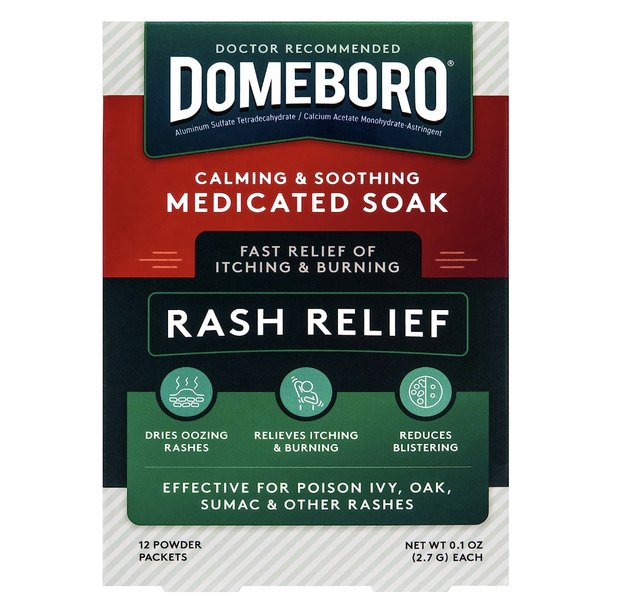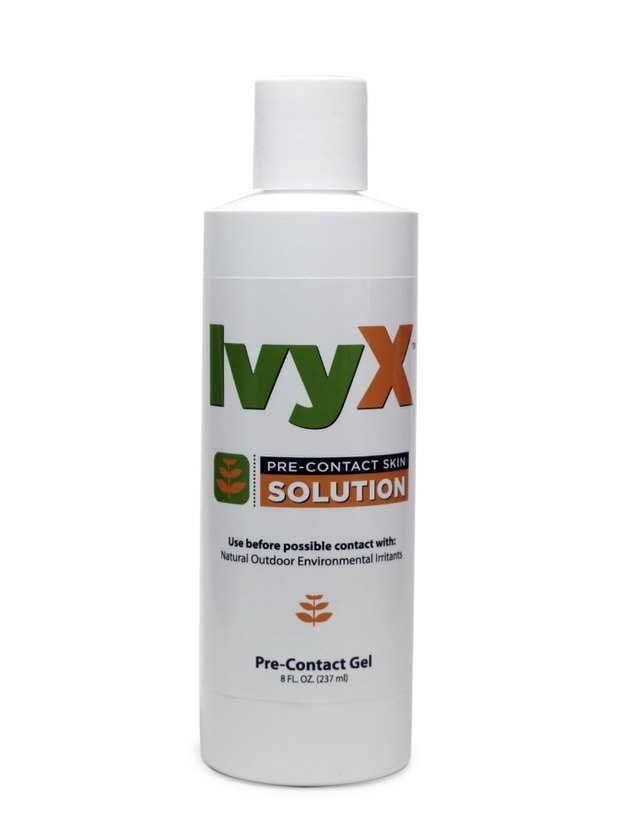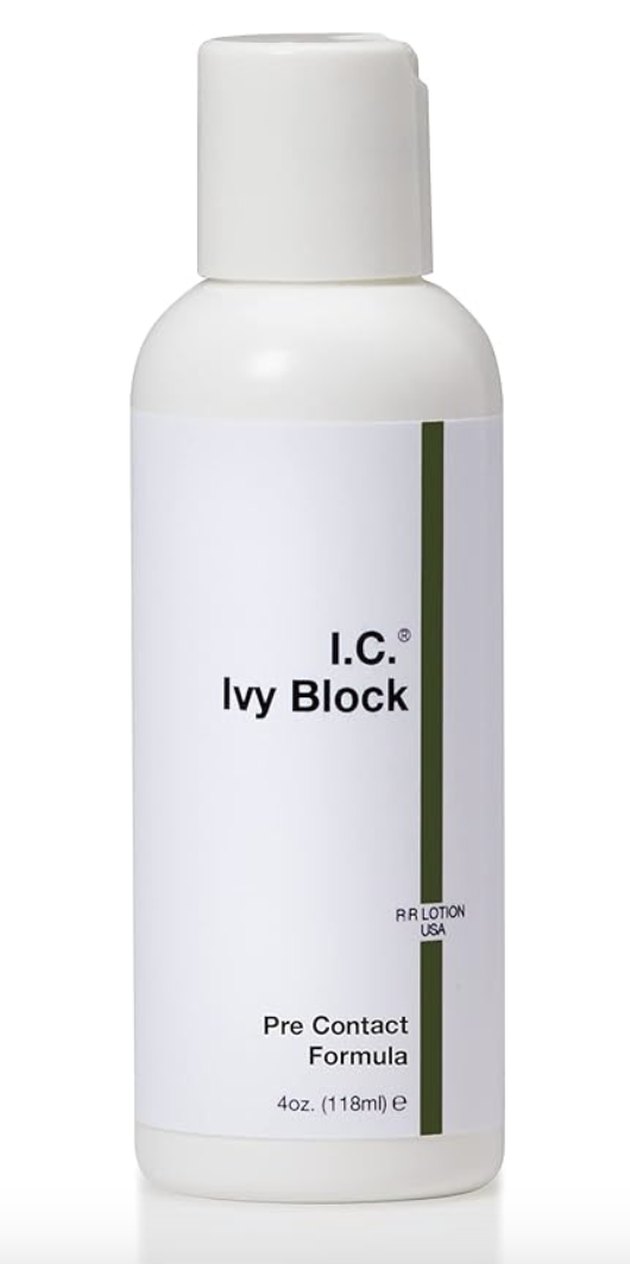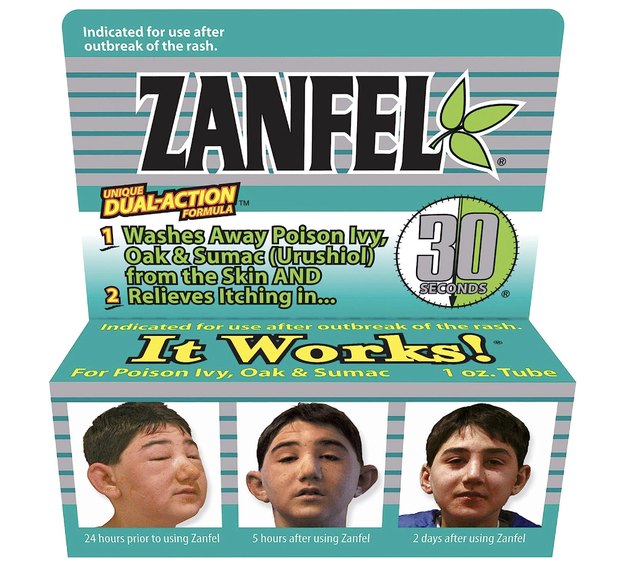
Gardening, hiking, soaking up the sun (with SPF, of course) — any time spent outside is great for your physical and mental health. But sometimes our outdoor activities put us in close contact with plants like poison ivy, which can cause a skin reaction.
Turns out, most people are allergic to poison ivy (about 85 percent of the population, per the American Skin Association) and will get an itchy rash when they come into contact with it. Fortunately, most cases are mild and can be soothed with home remedies.
Video of the Day
Video of the Day
It's finding a good home remedy, though, that's tricky. And just because something's natural doesn't always mean it's safe.
"There are so many different options and opinions on best practices, with little consensus on what works best," says Joshua Zeichner, MD, director of cosmetic and clinical research in dermatology at Mount Sinai Hospital in New York City.
Most of the time, poison ivy will heal on its own. But while you wait, there are some safe, natural ways to soothe your symptoms, per Dr. Zeichner.
How Long Does It Take Poison Ivy to Go Away?
The rash you get from poison ivy comes from an allergic reaction to urushiol — the oily resin in the leaves, stems and roots of the plant. This resin is easily spread once it's on your skin, which is why you may end up with a rash in places that didn't come in direct contact with the poison ivy leaves.
The rash usually shows up within 24 to 48 hours of being exposed, but it can take as long as two weeks to show up (because your body has to grow an immune response to urushiol), per the Cleveland Clinic.
The itchy bumps and blisters can stick around for two to three weeks. And the rash — which usually peaks around the two-week mark — may get worse before it heals, per the Cleveland Clinic.
1. Aloe Vera
Aloe vera is a soothing balm for irritated skin that can serve as a natural remedy for bug bites, sunburn and more. Its cooling sensation could also help relieve itching and burning from a poison ivy rash.
"Aloe is ultra-hydrating and has polysaccharides that coat and soothe the surface of the skin," Dr. Zeichner says.
If you have an actual aloe vera plant, you can simply snap open a leaf and apply the gel directly to the blisters.
If you buy aloe vera from the store, make sure to choose a brand that has at least 90 percent aloe, per Doylestown Health, like Seven Minerals Organic Aloe Vera Gel.
2. Salt Water
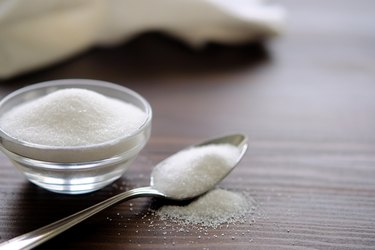
Turns out, taking a dip in the ocean might soothe the prickly feeling of a poison ivy rash.
"Because of its high salt content, salt water has an astringent (aka, drying) effect, so it can help pull extra fluid from your skin and reduce the itch associated with poison ivy," Dr. Zeichner says.
And if you don't live near an ocean? No worries. Just dissolve one ounce of sea salt in a quart of water. Then soak a cotton ball in the solution and gently pat on your skin, per the Allegheny-Kiski Health Foundation.
3. Cold Compresses and Ice
As soon as poison ivy's classic bumps and blisters appear, Dr. Zeichner recommends applying ice to the rash.
"Cold temperatures constrict your blood vessels, which can reduce swelling and redness," he says. "The cold can also stop your itch with its temporary anesthetic (or numbing) effect."
Just be sure to cover the ice with a cloth or towel so it doesn't touch your skin directly, according to Doylestown Health. And only apply for 15 to 20 minutes at a time.
A cold compress (like a damp towel) can also be comforting. Try applying it to your rash three to four times a day, for short amounts of time to avoid maceration (i.e., when your skin turns soft and wrinkly), which can slow your healing process, per the Cleveland Clinic.
4. Oatmeal Baths and Moisturizers

If you've ever had chickenpox, or if you live with a skin condition like eczema, oatmeal baths might be familiar to you, as a way to soothe itchy skin. But these baths can also help a poison ivy rash.
"Oatmeal has anti-inflammatory compounds called avenanthramides that soothe and protect the skin," Dr. Zeichner says. One product he recommends is Aveeno Fragrance Free Soothing Bath Treatment, which has 100 percent natural colloidal oatmeal.
If you're not a bath person, you can opt for a moisturizer instead.
"Oatmeal is a commonly used skin protectant in eczema creams," Dr. Zeichner says.
Look for skin-restoring moisturizers (and anti-itch creams) that are formulated with oatmeal and/or ceramides to hydrate and protect your skin.
Dr. Zeichner recommends Eucerin Skin Calming Cream. It's non-greasy, easy to spread and has colloidal oatmeal to protect your skin and repair its barrier, he says.
5. Oral Antihistamine
Because a poison ivy rash is an allergic reaction, taking an antihistamine could help reduce your body's inflammatory response, according to the Cleveland Clinic.
"Antihistamines block the effects of histamine — a natural chemical responsible for allergic reactions, itching and inflammation," Dr. Zeichner says. "Taking antihistamines by mouth can reduce that itch from the inside out."
Options include oral over-the-counter (OTC) allergy medications like Benadryl, Zyrtec or Claritin. Benadryl can make you drowsy, so it might be a better choice at night, while Zyrtec or Claritin may be better during the day.
These oral meds are more effective than topical antihistamine creams, which could actually make your itchiness worse.
Not only that, but your skin could become sensitive to topical antihistamines themselves, raising your risk of allergic reaction to the products in the future, per the Cleveland Clinic.
6. Hydrocortisone Cream
"Think of hydrocortisone like a fire extinguisher to put out inflammation," Dr. Zeichner says. "When applied directly to poison ivy rashes, it can reduce redness, swelling and itching."
"Just be careful not to use it for more than two weeks because cortisone creams can cause thinning of the skin," he adds.
7. Calamine Lotion
"Calamine lotion helps soothe and protect skin and relieve itch," Dr. Zeichner says.
The pink lotion owes its itch-fighting power to zinc oxide (an ingredient used to treat minor skin irritations) and iron oxide (which gives the cream its color), according to the Cleveland Clinic. Not only can these ingredients stop itchiness, but they also help dry any oozing or weeping skin you get from poison ivy rash.
Additionally, calamine lotion has glycerin to keep skin hydrated.
While calamine lotion is a safe option, it should not be applied to broken skin, open wounds or inside the body. So steer clear of getting it near your eyes, nose, mouth or genital and anal areas, per the Cleveland Clinic.
8. Domeboro Medicated Soak
Dr. Zeichner also recommends Domeboro Medicated Soak, a tried-and-true, OTC remedy for itchy plant rashes. Its main active ingredient is aluminum acetate, which helps soothe uncomfortable symptoms like itching, per the U.S. Food and Drug Administration.
As an astringent (aka, drying agent), aluminum acetate tightens skin tissue and removes oil from your skin. This means it can help dry out your rash if it's oozing.
Depending on your needs or preference, you can use it as a medicated soak, compress or wet dressing. Just mix one to three packets of the product in 16 ounces of cool or warm water.
For a soak: Immerse the affected area directly in the solution for 15 to 30 minutes. Repeat three times a day or as directed by a doctor.
For a compress or wet dressing: Dip a clean cloth in the solution and apply to the affected area for 15 to 30 minutes. Repeat as needed or as directed by a doctor.
9. A Combination of Home Remedies
Sometimes the best remedy for poison ivy involves a combination of a few of the above treatments. You don't want to throw all of these options at your rash all at once, but using two or three strategically may be helpful.
"Generally speaking, I find that traditional treatments like topical steroid creams combined with well-formulated moisturizers work best," Dr. Zeichner says.
He recommends first applying ice, then hydrocortisone 1 percent cream and finally a skin-restoring moisturizer with ingredients like oatmeal and/or ceramides.
This three-pronged approach covers all the bases as it minimizes inflammation, stops itching and rehydrates the skin.
What About Apple Cider Vinegar?
Apple cider vinegar is often touted as a "cure-all" for many different ailments, including for a poison ivy rash. But there's no concrete evidence to show that it works for this purpose.
Because apple cider vinegar is antimicrobial and anti-inflammatory, it's possible that it can help calm skin irritation, Dr. Zeichner says. But it's also just as possible that vinegar — which is highly acidic — can further inflame your skin and/or cause your blisters to sting (ouch).
In fact, vinegar in all forms is not recommended for topical use to treat things like wounds or bites, because it can irritate skin, according to the National Capital Poison Center.
What About Baking Soda?
"Baking soda has sodium bicarbonate, an ingredient that also has antimicrobial and anti-inflammatory effects, but it can also be very irritating," Dr. Zeichner says. "And because it has an alkaline pH, it can disrupt your skin barrier, leading to dryness and inflammation."
Having said all this, Dr. Zeichner does not recommend using baking soda for poison ivy unless you have absolutely no other options for itch and pain relief.
What About Tea Tree Oil?
"Tea tree oil has anti-inflammatory and antimicrobial effects, which is why it is used for a variety of skin conditions," Dr. Zeichner says.
However, "in my practice, I find it to be more irritating than useful, so be careful if you apply it to the skin and make sure to dilute it in a carrier oil (like coconut oil)," he says.
What's more, this oil could be a cause of allergic contact dermatitis for some people, which can result in a rash. So putting it on a poison ivy rash could make you feel even worse.
What About Dish Soap?
"Dish soap has harsh ingredients designed to remove grease from your dishes," Dr. Zeichner says. Using it as a wash can be tough on your skin, causing dryness and disruption to the skin's barrier.
But dish soap might be helpful as an initial wash, i.e., right after you've come into contact with poison ivy (and before you get a rash). It could remove any leftover resin from the leaves and keep it from spreading to other parts of your body, Dr. Zeichner says.
What About Rubbing Alcohol and Hand Sanitizer?
Rubbing alcohol has a drying effect on the skin, so it may help reduce swelling and itchiness, Dr. Zeichner says. But it could cause your skin to dry out too much, and cause an initial sting when applied. The alcohol in hand sanitizers has a similar effect.
While both products are not Dr. Zeichner's treatment of choice for poison ivy, they can be used in a pinch (i.e., while you're in the middle of a hike, if you have it on hand). Just use them sparingly to avoid over-drying your skin.
What About Hydrogen Peroxide?
"Hydrogen peroxide has antimicrobial effects and can be used as a disinfectant," Dr. Zeichner says.
But it's not used as often anymore because of its damaging effects to the outer skin layer, he adds. He doesn't advise using it for poison ivy.
What About Topical Anesthetics?
You might be tempted to turn to creams with anesthetics to relieve your rash (who wouldn't want to numb the nagging itch of poison ivy?).
But, similar to topical antihistamines, anesthetic creams like benzocaine are a no-go, as they can further irritate your skin, according to the Cleveland Clinic.
How to Prevent Poison Ivy
The best way to prevent poison ivy is by staying away from the plant if you see it in person.
Here are some other strategies to help reduce your risk, per the National Capital Poison Center:
- Before you go outside, apply an OTC "barrier" product like Ivy-X or Ivy Block to your skin. These creams help to create a protective barrier between your skin and the oil from the poison ivy plant and prevent the oil from sticking to your skin.
- Wear closed-toed shoes, long sleeves and long pants to limit the amount of bare skin that could potentially come into contact with the poison ivy plant. And if you're gardening, wear thick gloves, too.
If you know you've already come into contact with poison ivy, follow these steps as soon as possible, per the Cleveland Clinic:
- When you're back inside, take a shower and wash your clothes in detergent and hot water, including bleach (if appropriate), which can deactivate any resin left on your clothes.
- Try rinsing with Zanfel, a special wash you can apply after poison ivy exposure, to limit urushiol's effect on your skin. It works by binding to the resin and neutralizing the allergen.
When to See a Doctor
While most cases of poison ivy clear up on their own, sometimes you may need medical attention to help the healing process. See your doctor if you get the following symptoms, per the Mayo Clinic:
- Your reaction is severe or widespread
- Your skin continues to swell
- Your rash affects your eyes, mouth or genitals
- Your blisters are oozing pus
- You develop a fever higher than 100 degrees Fahrenheit (37.8 degrees Celsius)
- Your rash doesn't get better after a few weeks
Your doctor may need to prescribe an oral corticosteroid to reduce swelling if your rash is severe, or an oral antibiotic if you've developed an infection, according to the Mayo Clinic.
To prevent infection, take these precautions, per the Cleveland Clinic:
- Keep your rash clean. Wear long sleeves or a light bandage to keep the skin protected.
- Resist the temptation to touch. Picking or scratching can break open the skin, making it more susceptible to infection.
- Clip your nails short. This will help lessen the likelihood of scratching.
And if you've inhaled the smoke of a burning poison ivy plant, go to the emergency room, as this can cause severe breathing problems, per the Mayo Clinic.
- Cleveland Clinic: “The Best Home Remedies for Poison Ivy”
- Doylestown Health: “Ditch the Itch: A Poison Ivy Primer”
- Allegheny-Kiski Health Foundation: “5 Natural Remedies for Poison Ivy Rashes”
- Cleveland Clinic: “Calamine Lotion”
- U.S. Food and Drug Administration: “Outsmarting Poison Ivy and Other Poisonous Plants”
- National Capital Poison Center: “Vinegar is not Always Safe”
- National Capital Poison Center: “Poison Ivy, Poison Oak and Poison Sumac”
- Mayo Clinic: “Poison ivy rash”
- American Skin Association: “Poison Ivy, Sumac and Oak”
Is this an emergency? If you are experiencing serious medical symptoms, please see the National Library of Medicine’s list of signs you need emergency medical attention or call 911.
